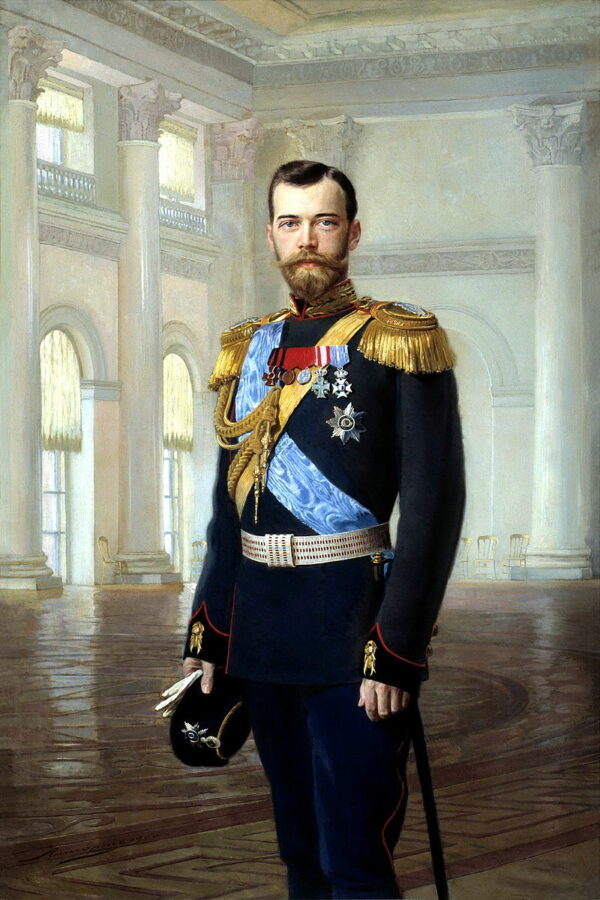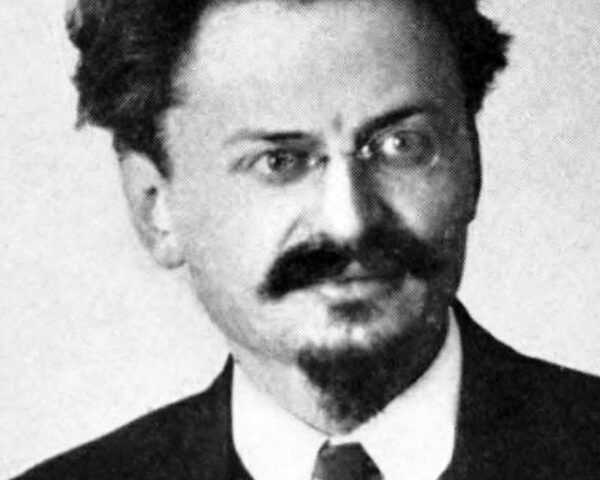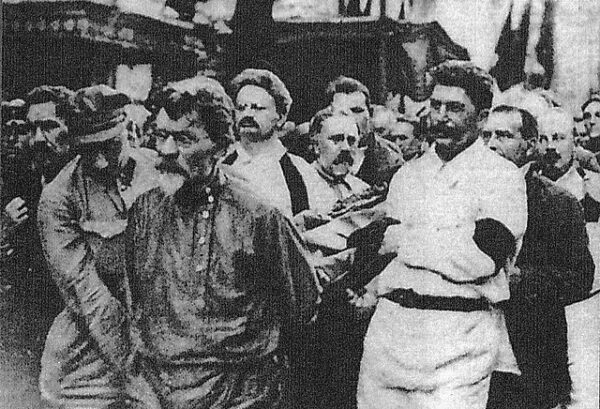Today marks the anniversary of an event that dramatically shaped the 20th century: the end of the Russian Czar’s control over his country.
The History Channel writes, “Crowned on May 26, 1894, Nicholas was neither trained nor inclined to rule, which did not help the autocracy he sought to preserve in an era desperate for change. The disastrous outcome of the Russo-Japanese War led to the Russian Revolution of 1905, which the czar diffused only after signing a manifesto promising representative government and basic civil liberties in Russia. However, Nicholas soon retracted most of these concessions, and the Bolsheviks and other revolutionary groups won wide support. In 1914, Nicholas led his country into another costly war, and discontent in Russia grew as food became scarce, soldiers became war-weary, and devastating defeats on the eastern front demonstrated the czar’s ineffectual leadership.”
Things finally came to a head three years later. “When riots broke out in Petrograd (St. Petersburg) on March 8, 1917, Nicholas instructed the city commandant to take firm measures and sent troops to restore order. It was too late. The government resigned, and the Duma, supported by the army, called on the emperor to abdicate. At Pskov on March 15, with fatalistic composure, Nicholas renounced the throne—not, as he had originally intended, in favour of his son, Alexis, but in favour of his brother Michael, who refused the crown, according to The Encyclopedia Brittanica.
Nicholas was detained at Tsarskoye Selo by Prince Lvov’s provisional government. It was planned that he and his family would be sent to England, but instead, mainly because of the opposition of the Petrograd Soviet, the revolutionary Workers’ and Soldiers’ Council, they were removed to Tobolsk in Western Siberia. This step sealed their doom. In April 1918 they were taken to Yekaterinburg in the Urals.
When anti-Bolshevik ‘White’ Russian forces approached the area, the local authorities were ordered to prevent a rescue. In the early hours of July 17, 1918, the prisoners were all slaughtered in the cellar of the house where they had been confined. (Although there is some uncertainty over whether the family was killed on July 16 or 17, most sources indicate that the executions took place on July 17.) The bodies were burned, cast into an abandoned mine shaft, and then hastily buried elsewhere. A team of Russian scientists located the remains in 1976 but kept the discovery secret until after the collapse of the Soviet Union. By 1994 genetic analyses had positively identified the remains as those of Nicholas, Alexandra, three of their daughters (Anastasia, Tatiana, and Olga), and four servants. The remains were given a state funeral on July 17, 1998, and reburied in St. Petersburg in the crypt of the Cathedral of St. Peter and St. Paul. The remains of Alexis and of another daughter (Maria) were not found until 2007, and the following year DNA testing confirmed their identity.”






